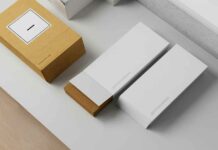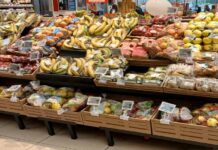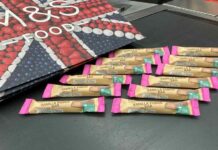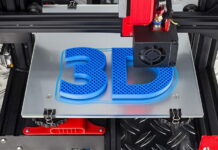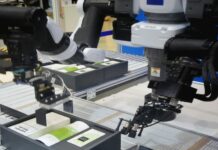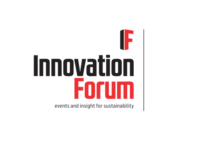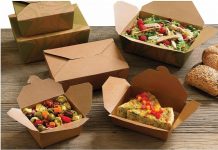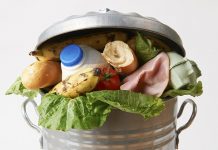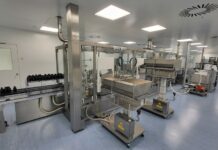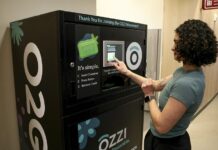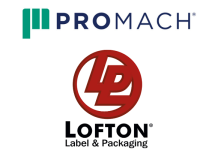As the cannabis industry matures and more brands are created and launched, consumer expectations will increase and packaging will need to be memorable, aspirational, and communicative. To help catalyze this change, Burning Tree and Proto3000 have partnered to reimagine how vanity cannabis packaging could be designed and manufactured via 3D printing.
The Canadian cannabis packaging landscape is a sea of generic black and white bags, jars, and tubes. Aside from a small printed logo, the brands are indistinguishable from one another. Whether it is viewed on social media, photographed on a brand’s website, behind a display case, or in consumers’ hands, the packages are all lackluster and banal.
The stringent Canadian packaging regulations in this area are often pointed to as the primary cause. But it is also more complicated than that: it is expensive to design custom packaging. All packages must be tested for child resistance, tooling is capital intensive, and production volumes are hard in a small domestic market. These are a few of the reasons why LPs and cannabis recreational brands more often choose off-the-shelf packaging.
To help catalyze change in cannabis packaging, Burning Tree and Proto3000 have partnered together to explore what cannabis packaging could look like if world-class packaging design services and rapid manufacturing tools were utilized. The two firms chose several recreational brands available across Canada: Solei, Tantalus, and Fireside (see below). These brands were selected because they are well established, have social media and websites with lots of content to draw from, and all appeal to different segments of the population.
To produce these packages, Proto3000 utilized PolyJet 3D printing technology and one of the most advanced 3D printers on the market, the Stratasys J850. We chose this technology and process because of its unique ability to print in full color and the range of material properties we have to work with. With PolyJet we are able to achieve the desired aesthetic we want on the packaging like, clear, frosted, or tinted, while also integrating the labeling and desired palette directly onto the part. The accuracy of the system allowed for the safety mechanisms of the package to also work, such as the child resistance, and for the package lid to fit firmly on top of the package almost identical to the production version.
From 3D file handoff to Proto3000, the builds only took 12 hours to have a completed set in hand. The rendered files from KeyShot were added to the job queue and prepared for 3D printing through the GrabCAD Print software. From a single package for a photoshoot, a set for a LP sales rep, or enough to merchandise 40 retailers across the country, rapid manufacturing can flex to produce as many as would be required, on-demand.




